
Imagine driving down a road, only to find it abruptly ends in the middle of nowhere – leaving you lost and confused. This is exactly how your website visitors feel when they encounter a 404 error on your site. Not only does this negatively impact user experience, but it also hinders your SEO rankings. But don’t worry! In this post, we’ll unravel the mysteries of fixing 404 errors, turning those dead-ends into smooth roads that lead straight to SEO success. Buckle up as we embark on this journey towards an error-free website and improved rankings!
A 404 error can negatively impact SEO by making it harder for search engines to crawl your site, leading to drops in rankings. Fixing 404 errors involves redirecting the broken link to another relevant page or restoring the original page that generated the error. Additionally, creating a custom 404 page that follows brand standards and includes popular links and a search bar can help visitors navigate your site. Tools like Google Search Console and Google Analytics can be used to monitor crawl and quantity errors, respectively.
Understanding 404 Error Pages
When surfing the internet, we have all stumbled upon a “404 Error” page at one point or another. A 404 Error page is an HTTP status code that appears when a requested webpage is not found on your website server. This type of error can occur for several reasons, including typos in URLs, broken links, deleted pages, etc.
To put it simply, whenever a client (visitor’s web browser) requests a URL that doesn’t exist on your website server, you get served with a 404 Error Page. These types of errors are disruptive and impede the customer journey toward completing their goal within the customer funnel. Imagine walking into a supermarket looking for bread and finding out that the bread shelves are empty. This creates frustration which often leads to customers abandoning their shopping carts.
The worst thing about 404 Error pages is that they interrupt user experience and may reduce engagement on your website. Customers don’t like going back and forth only to find dead ends. Think of it as going down rabbit holes while exploring an unknown city with plenty of landmarks but no regular maps available over there. Not being able to find what they were looking for results in customers leaving the site altogether, ultimately hurting your search engine ranking.
- A study conducted by Semrush in 2017 found that 4 out of the top 10 most common SEO issues were related to broken links and 404 errors.
- According to research by Reboot Online, fixing 404 errors can improve website rankings by an average of nearly 62 positions in Google SERPs (search engine results pages).
- A survey conducted by HubSpot revealed that approximately 74% of users will leave a website if they encounter a missing page or broken link, potentially leading to higher bounce rates and negatively impacting SEO.
In the following section, we’ll talk about how 404 Errors impact SEO rankings.
404 Errors and SEO Consequences

One of the most significant consequences of 404 errors is their negative impact on your SEO rankings. When your website serves 404 Error pages frequently, this sends negative signals to search engines, indicating that users cannot find proper content or do not have a good navigation experience. This leads to decreased traffic and lowers your ranking on SERPs.
While 404 errors signify that there might be issues with the functioning of your website—lack of maintenance or broken links—, they are a normal occurrence for every website. However, too many 404 errors can cause harm to your ranking and decrease your website’s visibility, causing a drop in organic traffic. According to a survey by Semrush, nearly half of the websites faced significant online visitors’ traffic loss due to 404 errors. At times like this, it is crucial to fix these errors as soon as possible.
Another way that 404 errors affect your search engine ranking is by disrupting the link building process. Backlinks are essential indicators used by Google on how informative and useful the content on your webpages is. When a page evokes several clicks on it, Google bots inspect its inbound links for determining if the content is relevant enough to feature on SERPs. If a backlink points to an irrelevant or non-functional URL, then Google will flag it which ultimately results in decreased domain authority and rankings.
In the next section, we’ll see how visitor experience and bounce rate can influence search engine rankings.
Visitor Experience and Bounce Rate
When a visitor encounters a 404 error page on your website, it can create a negative experience for them. Imagine clicking on a link that you think will take you to relevant content, only to be met with an error message and a dead end. This can be frustrating and discouraging for your visitors, leading them to leave your site altogether.
One example of how 404 errors negatively affect user experience is when users are searching for specific information or products on your site. If they click on a link that leads to a 404 error page, they may not be able to find the information they were looking for elsewhere on your site. This could lead them to turn to other sites or search engines, resulting in a higher bounce rate for your site.
A high bounce rate occurs when users leave your website after only viewing one page. This metric is important to search engines because it indicates that visitors didn’t find what they were looking for on your site, which in turn can negatively impact your SEO rankings.
In fact, studies have shown that a high bounce rate can significantly decrease your SEO rankings. Google’s algorithms prioritize websites with low bounce rates because they consider them to have more valuable content. As such, websites with high bounce rates are seen as less authoritative, valuable, and potentially irrelevant by Google. This means that if you don’t address 404 errors on your website, your SEO rankings could suffer.
Fixing 404 errors doesn’t just benefit search engines though – it also benefits your users. By redirecting visitors from error pages to relevant content, you can improve their experience on your site and keep them engaged with your content. Users won’t get frustrated by encountering dead ends and will instead be able to find what they’re looking for with ease.
Think about it like driving: hitting a series of dead ends would be frustrating and discouraging. But if you have a clear map that redirects you to the correct destination, you’ll get to where you need to go with far less hassle.
Search Engine Ranking Factors

As mentioned earlier, 404 errors can negatively impact your SEO rankings. Search engines like Google use several factors to determine which websites should rank higher on SERPs, including bounce rate, content relevance, and site authority.
When a search engine crawls your website, it’s looking for information about the quality of your site’s content and how easy it is for users to navigate. If there are too many 404 errors on your site, search engines may view your site as low quality or poorly maintained.
Additionally, 404 errors can also reduce the crawl efficiency of your website. When search engines crawl your site, they allocate time and resources based on the overall value of your content. If a significant portion of your website contains 404 error pages, crawlers won’t be able to index as many pages as they would on a site without 404 errors.
It’s important to consider that there are two types of 404 errors: hard 404s and soft 404s. Hard 404s are more severe because they indicate that the requested page has been permanently removed from your site. On the other hand, soft 404s occur when a page returns a 200 status code but lacks meaningful content – usually due to poor web development practices. Soft 404s can be just as damaging as hard 404s from an SEO perspective because they create unnecessary workload for search engines.
Detecting 404 Errors on Your Website
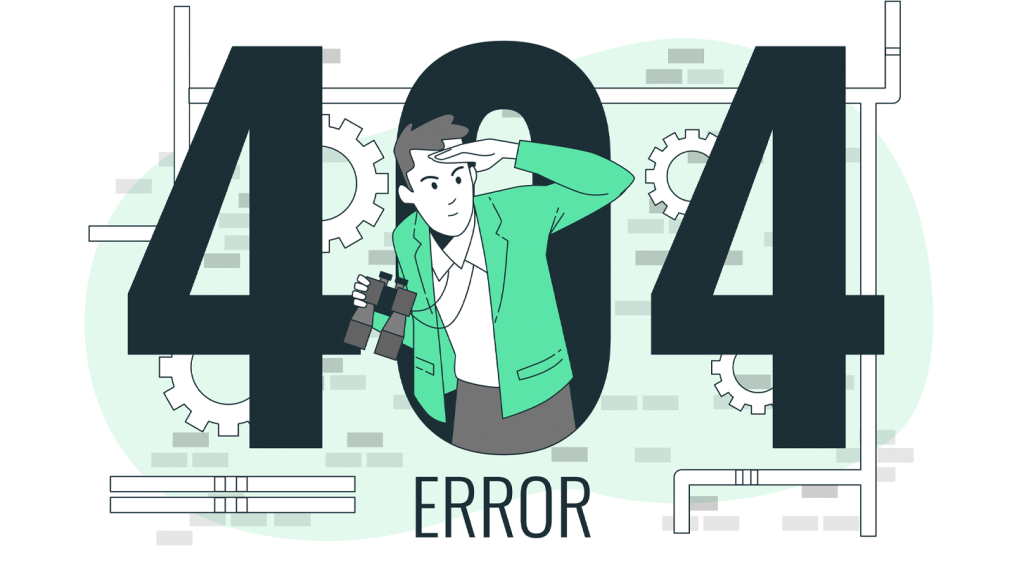
When it comes to detecting 404 errors on your website, there are several tools and techniques you can use. Knowing how to identify these errors is crucial as it helps you figure out which pages of your site aren’t functioning correctly, along with issues that may be hurting your user experience and SEO efforts.
One way to find 404 errors on your website is by using Google Search Console. This free tool provides valuable information that lets you monitor your website’s performance and identify any issues that could be impacting your search rankings. By logging into Google Search Console, you can view the list of crawl errors. Any URLs flagged with a “404 not found” error will appear under this section, enabling you to detect and address them right away.

Another tool that can help detect 404 errors is Screaming Frog. This desktop application crawls any URL on your website, allowing you to check the status code of each page. If you receive a 404 response code, it means that the server cannot find what has been requested and something might have gone wrong. This tool can also provide additional details like the number of outgoing links on the page, images and scripts, which can illuminate further problems.
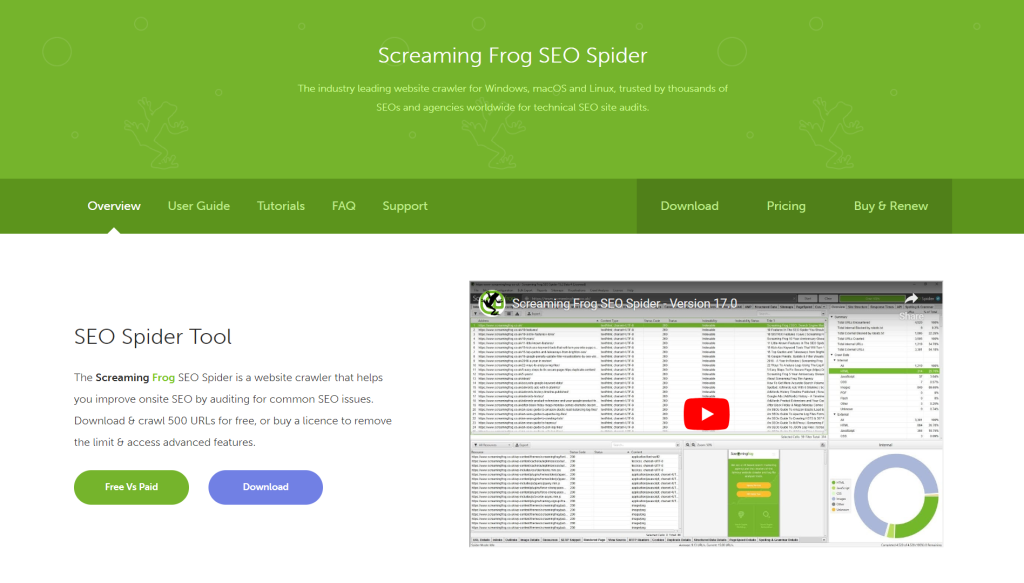
You can also use Ubersuggest as another method of detecting 404 errors. The site audit feature will analyze your entire site for broken links or missing pages leading to non-existent content because of a 404 error.

For instance, let’s say a popular blog post has received external links from various sources spanning several years or was mentioned online by a notable author just last month. The page suddenly starts returning a 404 Error (Page not found) message when clicked from its original link shared online but no longer exists in analytics reports without knowing what happened or why it was removed because you didn’t take the necessary steps to track down the problem early enough.
Now that you know some of the ways to detect 404 errors on your website, let’s explore what tools and techniques can help you diagnose the issues further.
Tools and Techniques for Diagnosis
Once you’ve detected 404 errors, you’ll need to figure out why they exist and how to fix them. This is where tools and techniques come into play. There are several options available that allow you to analyze and diagnose the issues much more in-depth.
One such tool is the Wayback Machine, a digital archive of the internet that stores over 400 billion webpages. This tool allows you to see how your website appeared at different times in its history, including when you were having difficulty with your site or when essential pages were deleted or modified. It comes in handy if you’re trying to recover a missing page or even just tracing content history.
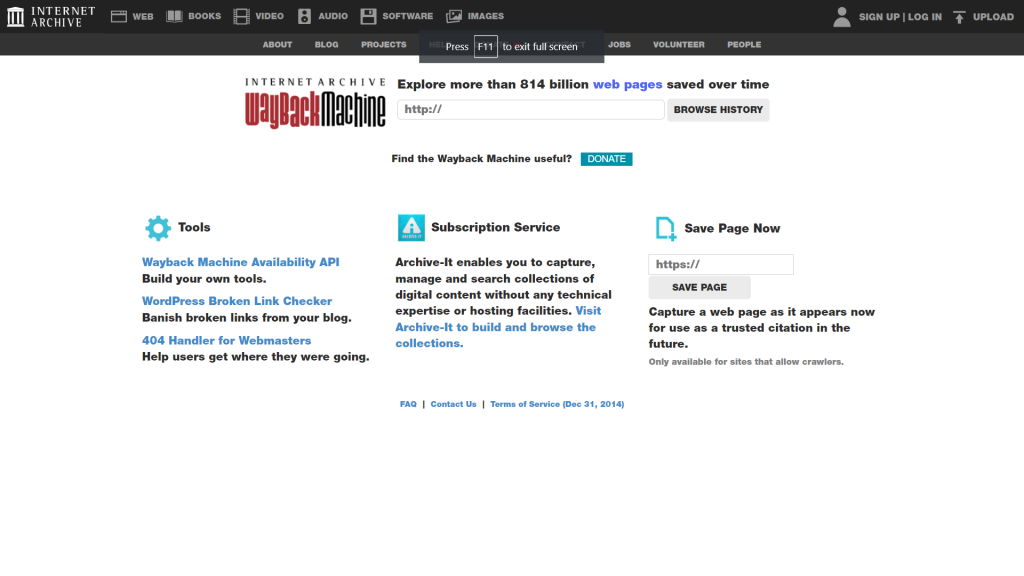
Another tool that can be used is an SEO crawler like On-Page.ai which enables a complete crawl of your site without limitations on pages or links. The audit creates a comprehensive report pointing out everything from broken images, redirect chains, meta tags, H1 title length, internal link architecture, and encountered 404 errors. The tool then offers suggestions for fixes making it easier than ever before – and after every edit made – on reining in your pesky 404s.
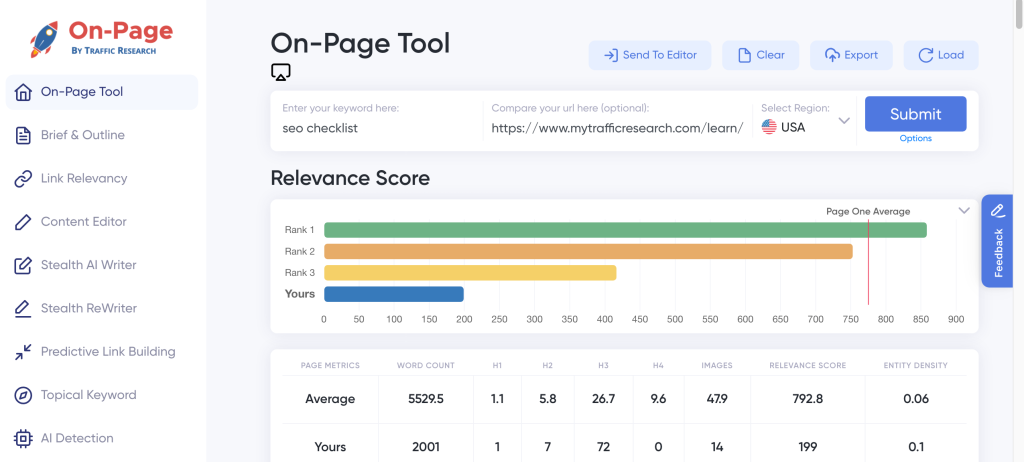
Google Analytics is another excellent diagnostic tool for identifying 404 errors at a more granular level by providing data about the URL of missing pages and their traffic sources. Using this data, you can identify patterns and trends related to user behavior or other common elements across the URLs returning 404s; this will give a proper idea about what went wrong, thus allowing for better decisions going forward.
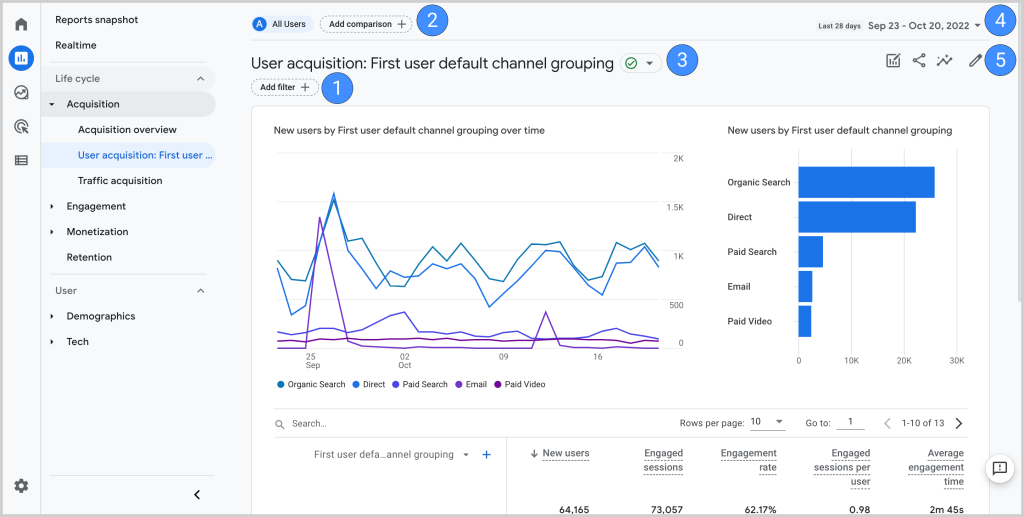
Understanding all the possible reasons behind your website’s 404 errors is essential as it helps improve your overall site performance and user experience. Find out what is happening and why it’s happening, then look for ways to fix the errors while creating a page that engages users, thus avoiding higher bounce rates.
Some website owners may choose to leave 404 errors unresolved because they believe they are relatively harmless or that fixing them isn’t worth the effort. This kind of thinking is misguided as not only can 404 errors hurt SEO rankings, but they also create a terrible user experience resulting in high bounce rates leading search engines to interpret your site as less authoritative.
Think of your website like a physical store; if you have empty shelves or products out-of-stock displayed all over your shop, eventually people will stop visiting or making purchases. 404 errors are similar to this type of scenario. If you have pages on your website that visitors can no longer access because of an error, it presents a frustrating experience beyond visitor expectations ultimately leading them elsewhere.
Now that you have learned about how to detect and diagnose 404 errors, it’s time to explore effective strategies for resolving them to improve your SEO and user experience.
Effective Strategies to Fix 404 Errors
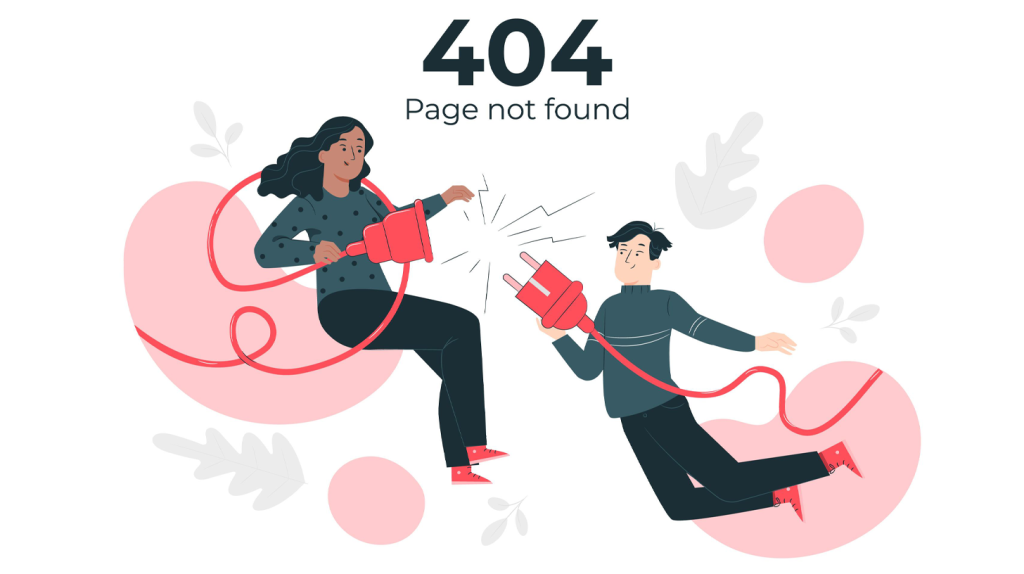
Fixing 404 errors can be a daunting task, but it’s essential for maintaining the health of your website and ensuring a positive visitor experience. Here are some effective strategies for fixing 404 errors:
One of the most straightforward ways to fix 404 errors is to redirect the error page to another relevant page on your website. For example, if you deleted a product page with a URL like “www.example.com/product-1,” you could redirect that old URL to another existing product page. This approach ensures that visitors who clicked on the old link are directed to an alternative page that still has value and is likely to keep them engaged.
In line with this, you should always aim to redirect users to pages that offer similar or related content to what they intended to access in the first place. Redirecting them directly to your homepage, for instance, may not provide them with context as they will have trouble locating the information they were seeking initially.
While redirecting is an effective strategy, don’t forget about restoring content too. In some cases, the particular content that generated a 404 status code might have been valuable and simply needs restoration. The restoration process involves bringing back deleted pages or rectifying URLs with typos. The advantage of doing this is regaining traffic that would have caused 404 errors by preserving the missing or lost content.
Think of restoration as examining a plant with wilted leaves – pruning it enables growth while leaving it unattended will continue its deterioration until it becomes irreparable. Similarly, fixing 404 errors continuously allows recovery from poor SEO rankings and makes sure every visitor enjoys an excellent user experience.
Regardless of which approach you adopt when resolving 404s, make sure you set up proper practices for tracking any future occurrences of broken links.
Redirects and Content Restoration
While both redirects and content restoration address 404 error issues, certain measures need to be taken when executing either approach.
When setting up redirects, always choose the right redirect type. For example, a 301 redirect (permanent) is ideal when a page has been moved permanently, while a 302 redirect (temporary) is implemented as an interim solution.
Also, always validate that your redirects are functioning correctly by testing them after implementation. Spotting mistakes will help you prevent future issues that may result in more 404 error pages.
On the flip side of things, restoring content can be time-consuming and may require additional resources to rebuild a page from scratch. However, this approach becomes paramount for restoring high-volume pages such as landing pages or product listings. In case you decide to restore content instead of redirecting, set up custom-designed 404 pages to work as alerts for consumers who land on outdated content.
Fixing 404 errors should be a continuous process consisting of monitoring your website continuously for broken links and resolving them once detected. By implementing effective strategies like redirects or restoring valuable content, you can maintain a positive visitor experience while improving SEO rankings for a better chance at organic traffic conversion. Smarter AI-powered tools like On-Page.ai should make the content optimization process smoother for your SEO campaign.
Responses to Common Questions with Detailed Explanations
Are there any tools or software that can help identify and fix 404 errors on a website?
Yes, there are various tools and software available in the market that can help identify and fix 404 errors on a website. Among them, Google Search Console is one of the most popular and reliable tools.
Google Search Console not only helps in identifying 404 errors but also provides suggestions for fixing them. It also allows webmasters to submit a sitemap to Google, which can improve crawlability and indexing for the website.
According to a survey conducted by Ahrefs, among websites with 1000+ referring domains, those with no 404 errors had an average of 173% more organic traffic than those with 1000+ 404 errors.
Additionally, utilizing tools like Screaming Frog or Broken Link Checker can help identify broken links within a site, which may be leading to 404 errors. Fixing these errors can improve user experience and potentially lead to higher search engine rankings.
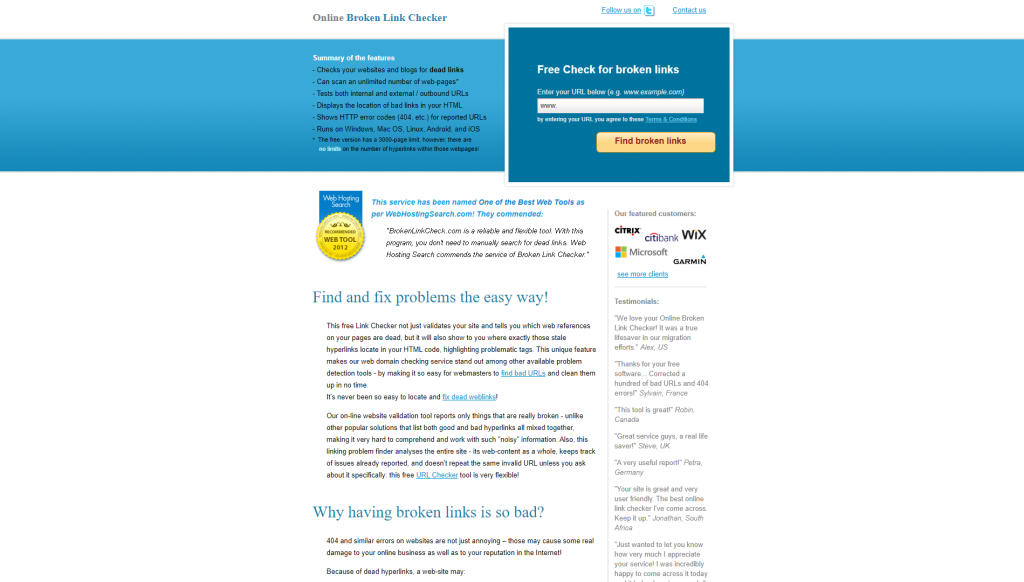
How do search engines interpret and handle 404 errors?
Search engines interpret 404 errors as a sign of poor user experience. A 404 error occurs when a user tries to access a page that doesn’t exist on the server. When search engine crawlers encounter this error, they assume the page is not available and remove it from their index, which can ultimately hurt your SEO rankings.
However, not all 404 errors are bad for SEO. If the error is caused by a deleted or moved page, redirecting users to a relevant alternative with a 301 redirect is recommended. This helps preserve the link equity of the original URL and prevents broken links, which can negatively impact user experience.
According to a survey conducted by Semrush, websites with more than 1000 pages had an average of 2172 broken links. Additionally, Google’s John Mueller confirmed in a Twitter conversation that too many 404 errors could harm website rankings.
In conclusion, search engines handle 404 errors as signals of poor user experience and may penalize websites for having too many broken links. It’s important to regularly monitor and fix any broken links on your website to ensure optimal user experience and maintain your SEO rankings.
Can too many 404 errors negatively affect a website’s search engine rankings?
Yes, too many 404 errors can negatively affect a website’s search engine rankings. When a search engine crawler encounters a 404 error, it interprets it as content that has been permanently removed from the website. If this happens frequently, the search engine may perceive the website as unreliable and untrustworthy.
According to a study by Moz, websites with a higher number of 404 errors tend to have lower domain authority scores, which are important for SEO rankings. Additionally, Google has stated that excessive 404 errors can cause crawling issues and lower a website’s rankings.
The solution to this problem is to regularly monitor and fix any broken links on your website. You can use tools like Google Search Console or Semrush to identify any 404 errors and redirect them to relevant pages on your website or create new content to replace the missing pages.
In conclusion, having too many 404 errors can harm your website’s search engine rankings. It is important to regularly monitor your site for broken links and address them promptly to maintain a strong online presence and improve your SEO efforts.
What steps can be taken to prevent or minimize 404 errors on a website?
404 errors can be a major nuisance for website visitors and detrimental to SEO rankings. Fortunately, there are several steps that can be taken to prevent or minimize 404 errors on a website.
First and foremost, conducting regular website audits can help identify and address any broken links or missing pages. This can be done manually or with the help of tools like Google Search Console or Semrush.
Another effective strategy is to implement 301 redirects for any pages that have been permanently removed or relocated. This not only prevents 404 errors but also ensures that any inbound links to the old page are passed along to the new URL, maintaining their value for SEO purposes.
It’s also important to regularly update and maintain the website’s sitemap to ensure it accurately represents the current state of the site’s pages. This can make it easier for search engines to crawl and index the site without encountering any 404 errors.
In conclusion, preventing or minimizing 404 errors on a website requires regular maintenance, strategic use of redirects, and attention to site structure. By taking these steps, websites can improve user experience and maintain strong SEO rankings.
How long does it typically take for search engines to recognize and adjust to changes made to fix 404 errors?
The length of time it takes for search engines to recognize and adjust to changes made to fix 404 errors can vary. However, according to Google, changes to a website may take up to several weeks or even months to be reflected in search results. It is important to note that the time it takes for these changes to be reflected also depends on the frequency with which search engine crawlers revisit the website.
That said, having broken links on your website can be detrimental to your SEO rankings over time. In fact, research has shown that websites with high rates of 404 errors tend to have significantly lower keyword rankings than those without. So, while it may take some time for search engines to recognize and adjust to changes made, addressing 404 errors promptly is essential for maintaining good SEO rankings.
To speed up the process of search engines recognizing and adjusting to these changes, marketers and webmasters should consider using tools such as Google Search Console, which allows them to submit sitemaps and request re-indexing of specific pages. This way, they can trigger a faster recognition of the changes made on their site.
In conclusion, while there is no fixed timeframe within which search engines adjust to fixing 404 errors, it is crucial that webmasters prioritize addressing broken links in a timely manner. This way, they can help avoid any negative impact such errors may have on their website’s search engine optimization efforts.




